How to Use Popular Gluten-Free Keto Flours In Your Recipes
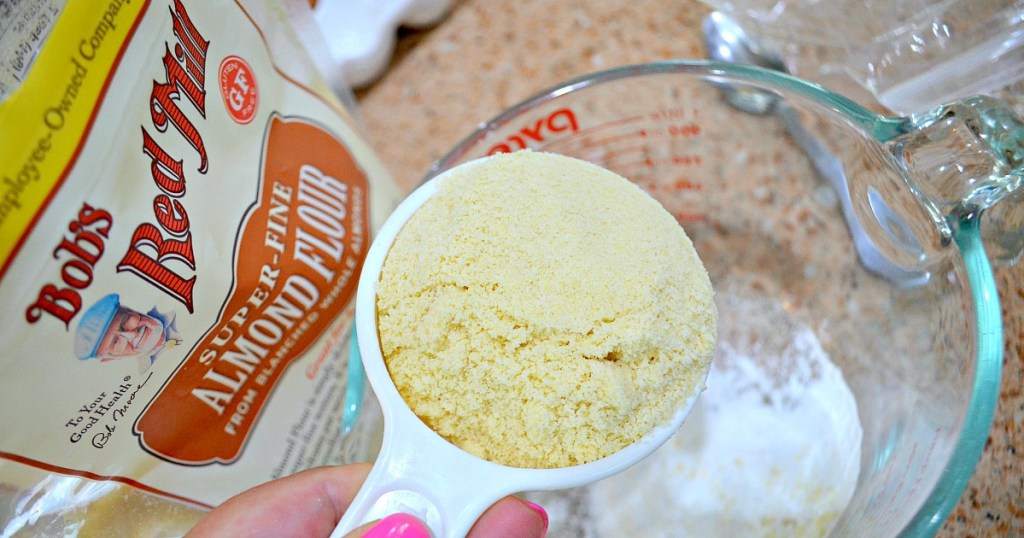
Looking for a little flour power?
All-purpose regular white flour is not an option for the keto diet (there are too many carbs)! But with a bit of creativity, retailers have been grinding out (get it? ?) flour alternatives using various nuts and seeds as the main component. Still, it’s not always easy to substitute them into your favorite recipes.
We’re listing the most popular gluten-free keto flours, along with tips and tricks to incorporate them into your recipes.
1. Almond Flour
Per 1/4 cup serving: 14g fat | 6g carbs | 3g fiber | 6g protein
Almond flour is pretty much the all-purpose flour for keto. You can bread with it, bake with it, thicken sauces with it… it’s really a simple “go-to” pantry staple when your recipe calls for flour. A few tips for your best success:
– Decrease liquids. Because of its higher oil content (due to almonds’ higher fat content), slightly decrease the liquid used in your recipe, for a slightly thicker batter.
– Add an extra egg for additional binding power.
– Add a dash extra of baking powder or baking soda to give your baked goods some extra lift.
– Decrease the oven temp about 25ºF. Since almond flour browns more quickly than other all-purpose flours, decreasing the temperature slightly will help you to avoid over-browned foods.
– Store it properly. Almond flour can spoil, so store opened flour in an airtight container in the refrigerator (I keep mine in the freezer for up to a year) to preserve shelf life.
Product to try: Bob’s Red Mill Super-Fine Almond Flour
Make it yourself: Add blanched almonds to a high-powered food processor and pulse until finely ground.
2. Almond Meal
Per 1/4 cup serving: 14 g fat | 6g carbs | 3 g fiber | 6 g protein
On the surface, almond meal and almond flour are very similar. But while they’re both made from almonds, they differ in that almond flour is finely milled from blanched almonds, whereas almond meal is more coarse and may contain almond skin. A few tips for your best success:
– Use almond meal for breading. Its processing and difference in texture make it a great option as a crunchy, low-carb breading on chicken or fish.
– Sub it into almond flour recipes. Just toss it into the food processor to grind it more finely so it’ll measure up similarly to almond flour.
– Don’t over-process almond meal in a food processor; due to its higher fat content, it could turn into almond butter.
– Store it properly. Like almond flour, store your almond meal in a sealed container in the refrigerator or freezer to prevent rancidity.
Product to try: Barney Bakery Almond Meal
Make it yourself: Add almonds to a high-powered food processor and grind until coarse.
3. Coconut Flour
Per 1/4 cup serving: 4g fat | 16g carbs | 10g fiber | 4 g protein
While coconut flour is another great keto alternative baking product, it can’t be substituted quite as easily as its almond counterpart. Not only is it a bit higher in carbs, but it’s also drier than almond flour. A few tips for your best success:
– Substitute about a 1/4 or a 1/3 cup of coconut flour for every 1 cup of all-purpose that your recipe is calling for.
– Give your batter a few extra minutes to bind before popping it in the oven for a less crumbly consistency.
– Use tried and true coconut flour recipes. Coconut flour isn’t the easiest flour to cook with, so I recommend finding popular recipes which incorporate coconut flour, rather than wasting resources and getting only humdrum results. Once you learn how those ingredients are proportioned and come together, it’s easier to experiment on your own.
– Mix almond flour with coconut flour at a 3:1 ratio. This hack will mitigate some of those issues of using either coconut flour or almond flour alone. You won’t have to worry about adding any eggs, but you can still add extra liquid to prevent your baked goods from drying out.
– Store it properly. It’s recommended you store coconut flour in a cool, dark spot in the pantry inside an airtight container to prevent moisture contamination. That said, I keep mine in the freezer in an airtight container and have had no issues. See what works best for your climate/conditions.
Product to try: Arrowhead Mills Organic Coconut Flour
Make it yourself: Add dry, unsweetened, coconut pulp to a high-powered food processor and grind until fine. Note this creates a moister flour than standard coconut flour, so you might find you’ll need to add less moisture. I actually prefer making coconut flour this way to purchasing it.
4. Various Nut Flours
Per 1/4 cup serving of hazelnut flour: 17g fat | 5g carbs | 3g fiber | 4g protein
You can make flours out of different nuts, like walnuts, hazelnuts, or pecans. A few tips for your best success:
– Look for existing recipes using nut flours. This way you know how these nut flours will taste with other ingredients. Walnuts tend to be more acidic, as an example, whereas pecans make for a perfect nut crust additive for cheesecakes and pies.
– Try nut flours in place of breadcrumbs. Their nuttiness and crunch lend themselves well to being used as a crusty coating.
– Reduce the liquid and heat while baking. Essentially, treat these as you would almond flour.
– Add a touch of extra of baking soda or baking powder.
– Store it properly. Preserve the nut flour’s freshness by storing in an airtight container in the fridge or freezer.
Product to try: Bob’s Red Mill Hazelnut Meal/Flour
Make it yourself: Add dry nuts to a high-powered food processor and pulse until ground.
5. Flax Seed/Meal
Per 1/4 cup serving: 4.5g fat | 5g carbs | 4g fiber | 3g protein
Bring on the nutrients! Not only does flax meal serve as a great flour substitute, but it’s also a great source of vitamin B1, Copper, and Omega 3s! Be cautious, however, and start slow, as flax is extremely high in fiber and can cause stomach discomfort. A few tips for your best success:
– Use flaxseed meal as an egg replacement in recipes. Soak 1 tbsp of flax seeds in 3 tbsp of water for an egg-like equivalent to a large egg. It won’t necessarily completely replace eggs in recipes that call for a significant amount, but it’s a great trick to use in a pinch!
– Use finely ground flax meal for heartier baked goods like bread, muffins, and scones.
– Add extra moisture. Like coconut flour, flax meal soaks up liquid.
– Mix it with almond flour. Like coconut flour, since flaxseed meal is dry, it’s much easier to use when paired with almond flour. Depending on the recipe, I typically use a 1:2 ratio of flaxseed meal to almond flour.
– Store it properly. For optimum freshness, store flax seeds or flaxseed meal in the refrigerator or freezer before and after opening within an airtight container.
Product to try: Great Value Ground Flax Seed or pick up whole flax seeds like Arrowhead Golden Flax Seeds and grind only when needed.
Additional keto pantry products
While they’re not specifically flours, specialty ingredients like psyllium husk and xanthan gum can improve your keto recipes.
Psyllium husk is sometimes used to replace eggs or gluten and will give your baked goods a more bread-like texture. It’s also almost entirely fiber, so the net carb count in one tablespoon is only 1.5 grams. The prebiotic qualities of psyllium husk are great for those who want to keep their digestive track running smoothly. That said, like flaxseed meal, a little goes a long way, so start slow, drink plenty of water, and see how it affects you before you commit to using it in any quantity.
Per 1 tsp serving: 0g fat | 4g carbs | 4g fiber | 0g protein
Xanthan gum is another option in keto baking and acts as a thickening and binding agent. It’s especially used in bready recipes like pizza dough to give the characteristic stretch, roll, and rise people expect from wheat gluten. Since a little goes a LONG way, use xanthan gum minimally and carefully in recipes (too much, and you could end up with a blob).
Per 1 Tbsp serving: 0g fat | 7g carbs | 0g fiber | 1g protein



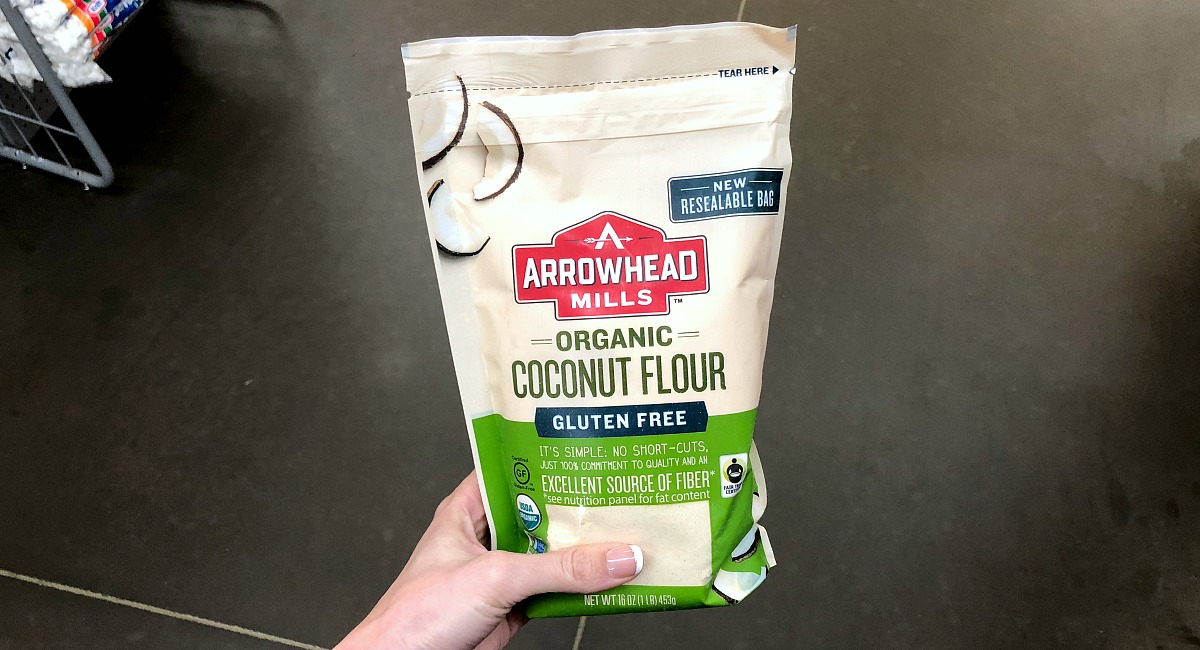
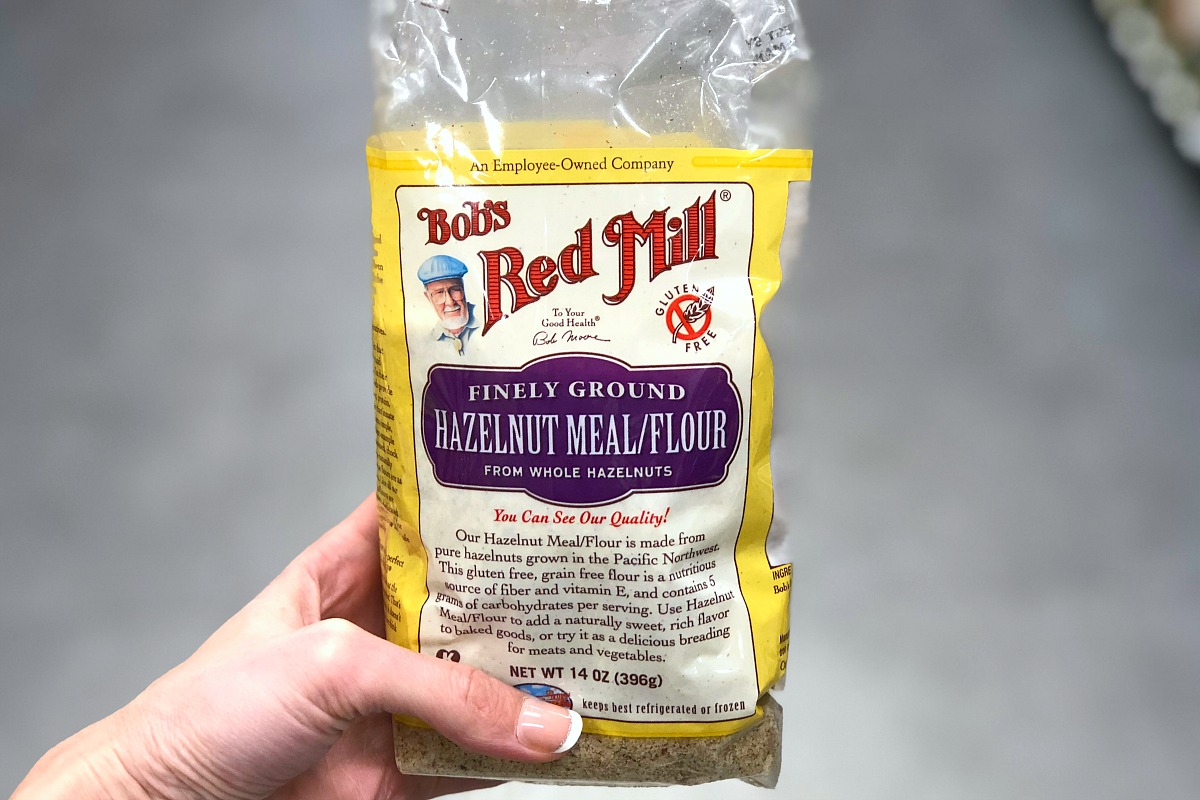
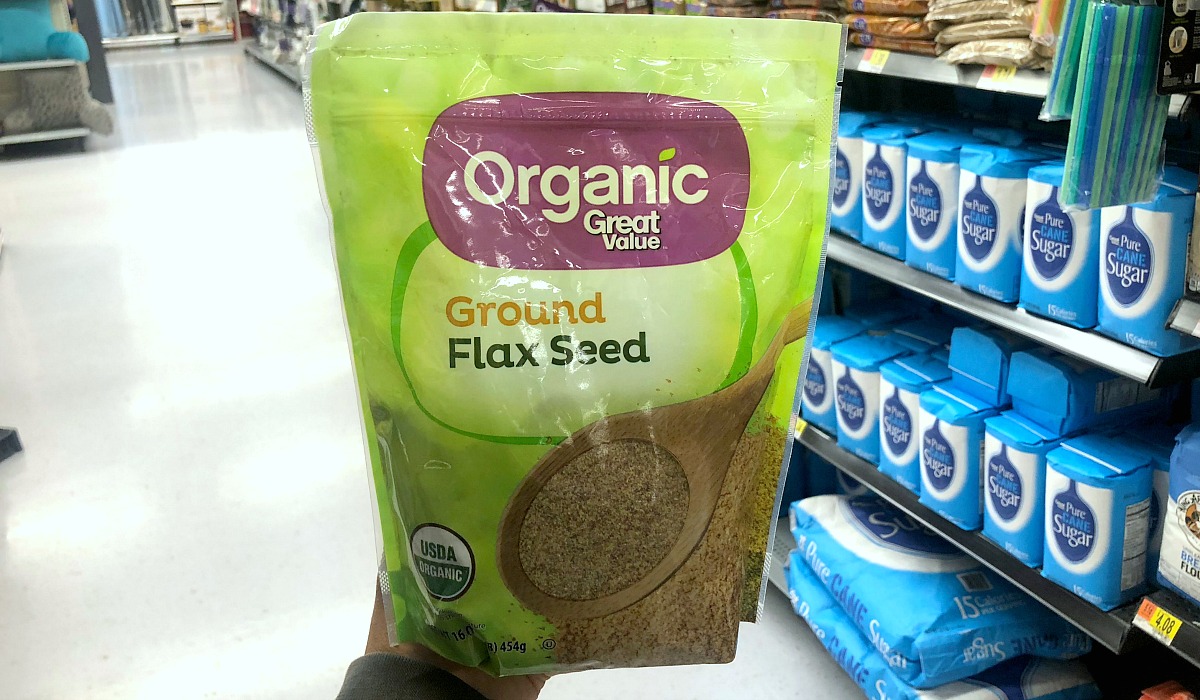



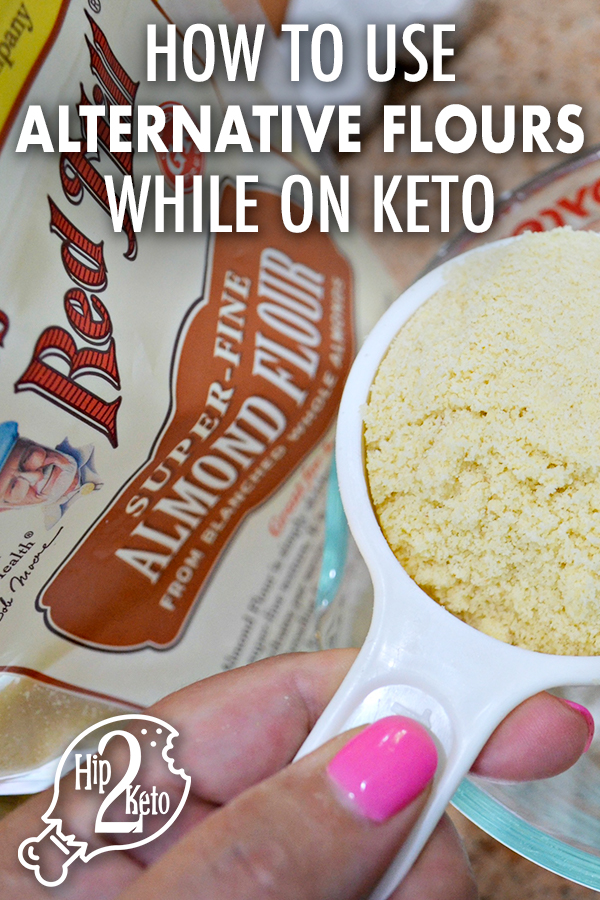

Thank you, I appreciate info without a hard over sell job… you’ve got my trust.
You’re so welcome! Thanks for the feedback!
new to Keto and this post helps a lot
Yay! SO glad to hear this was helpful! Thanks for taking the time to comment!
M?y Zero net Karb bread calls for Fla meal. What can I use to replace this I am not a fan of the flavor?
Hi there Steven! Without knowing the recipe it would be hard to tell you exactly what you can replace it with. We do have a keto bread recipe, though its not zero carbs but only has 1.5 grams of net carbs. Hope this helps❤
https://hip2keto.com/recipes/simple-keto-quick-bread/
You should update this post — two commonly used “flours” that you’re missing include lupin flour and oat fiber.
I’d also add a financials side to the descriptions, like adding approximate price-per-cup (or quarter cup, as that’s what your nutrition is in).
Money is a big reason why I wince when I see a keto cake recipe casually call for a couple cups of almond flour; almonds may grow on trees, but they aren’t exactly cheap. You say that combining coconut and almond flours is a good way to even out a baked good; while I find that to be exactly true, I also do it because coconut flour is cheap and you only use a third of the amount of almond to begin with.
Using a quick Amazon price check of Anthony’s products (to keep it apples-to-apples), Anthony’s almond flour is currently 46¢/oz whereas their coconut is 17¢. With the common 1:3 substitution ratio, coconut flour ends up being only ~1/8th the cost of almond. That sort of savings is nice; who couldn’t use more breathing room in their grocery budget?
For a practical example, a recipe calling for 2 cups or 8 ounces of almond flour would be ~$3.70 just for the flour in the recipe. However, if I replace half with coconut, I end up with 1 cup (4 oz) of almond and 1/3 cup (~1.33 oz) of coconut, for a total price of $1.85 + 23¢, or a bit over $2.
So I get a better baked good, *and* cut the cost of the recipe’s flour almost in half. What’s not to like? 🙂
Of course, real wheat flour is like 2¢/oz, so even cost-optimized keto is flippin’ expensive, but what are you going to do? 😉
Hi Dan S.! Thank you so much for all your suggestions. We do have a post on Lupin flour here. I personally love cooking with Lupin Flour and Oat Fiber, but they are very cost prohibitive (expensive)! When I use those ingredients in an already expensive keto recipe, it triples in price.
What is Bob’s Red Mill Egg Replacer good for? It has psyllium husk fiber in it, so can it be used as a substitute for the fiber itself?
If you are doing keto, it’s not super keto friendly. The psyllium husk is the last ingredient and it has very little in it. If you are looking for an egg substitute, we have them listed in this post here.